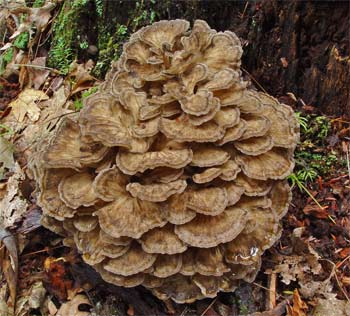 Organic Methods for Vegetable Gardening in Florida by Ginny Stibolt
Organic Methods for Vegetable Gardening in Florida by Ginny StiboltMy rating: 4 of 5 stars
Florida offers gardeners unique challenges and benefits that are not generally addressed in most gardening publications. I find myself always doing a little mental math when I read about when and how to start seeds. I live in North Florida (zone 9B), and I pretty much have to plant spring crops (like English Peas) in the winter. It’s April right now, and our high temp today is 91 degrees Fahrenheit. All of my greens began bolting in February, and my window for growing cool/cold weather crops is almost too small to get anything grown to maturity. And this is in North Florida! My friends in South Florida can forget about growing a lot of common crops entirely!
I’ve been gardening for about 4 years now, and I really wish that I had discovered this book when I first started. It would have given me a great start; instead I had to learn things the hard way. Four years into it, I’ve figured a lot of the info in this book out already. It has some great information on different organic gardening methods, composting, and bed building. However, I’ve read more detailed information on these topics in other books dedicated to them.
What “Organic Methods for Vegetable Gardening in Florida” gets right is its focus on Florida specific gardening challenges. The book recognizes that Florida is unique in that there are many different growing zones in the state, and what works in North Florida will not necessarily work in Central or South Florida. It also addresses Florida’s poor soils and what can be done to amend them.
There is a large section of the book that describes Florida tolerant crops and where they grow best in the state. This section is worth the total price of the book. It is a fantastic reference for anyone gardening in the state. I can look up parsnips or peas and find out how well they grow in each section of the state, when to plant them, and how to care for them.
Though I had already read or experienced a lot of the information provided in this book, the vegetable references have earned it a place in my personal library. If you garden in Florida, this book will have valuable information for you, even if you are a skilled and experienced gardener.
View all my reviews


 Lion’s Mane (Hericium Erinaceus) – cook this mushroom to release a nerve tonic
Lion’s Mane (Hericium Erinaceus) – cook this mushroom to release a nerve tonic

























